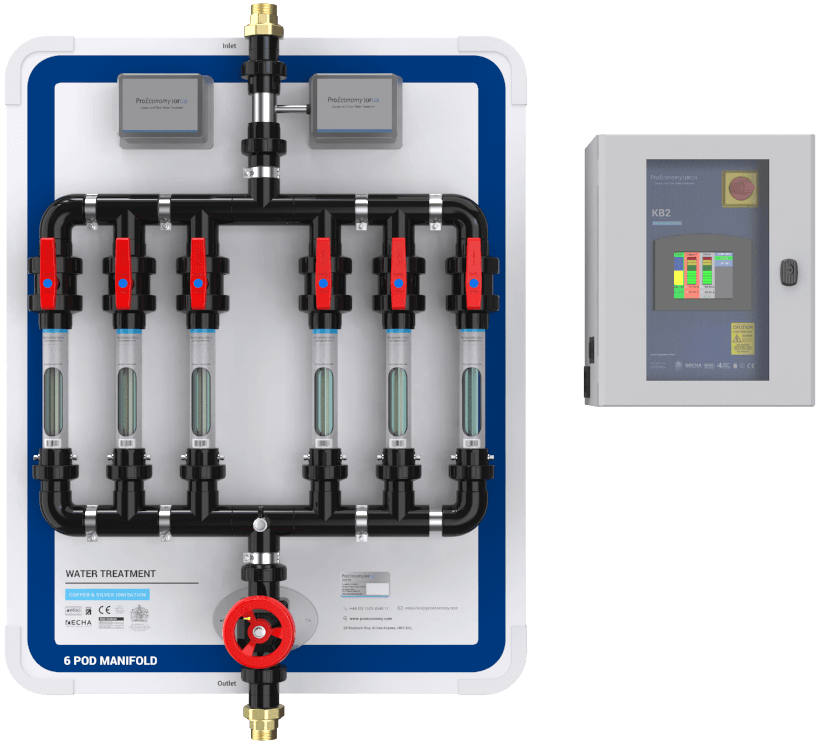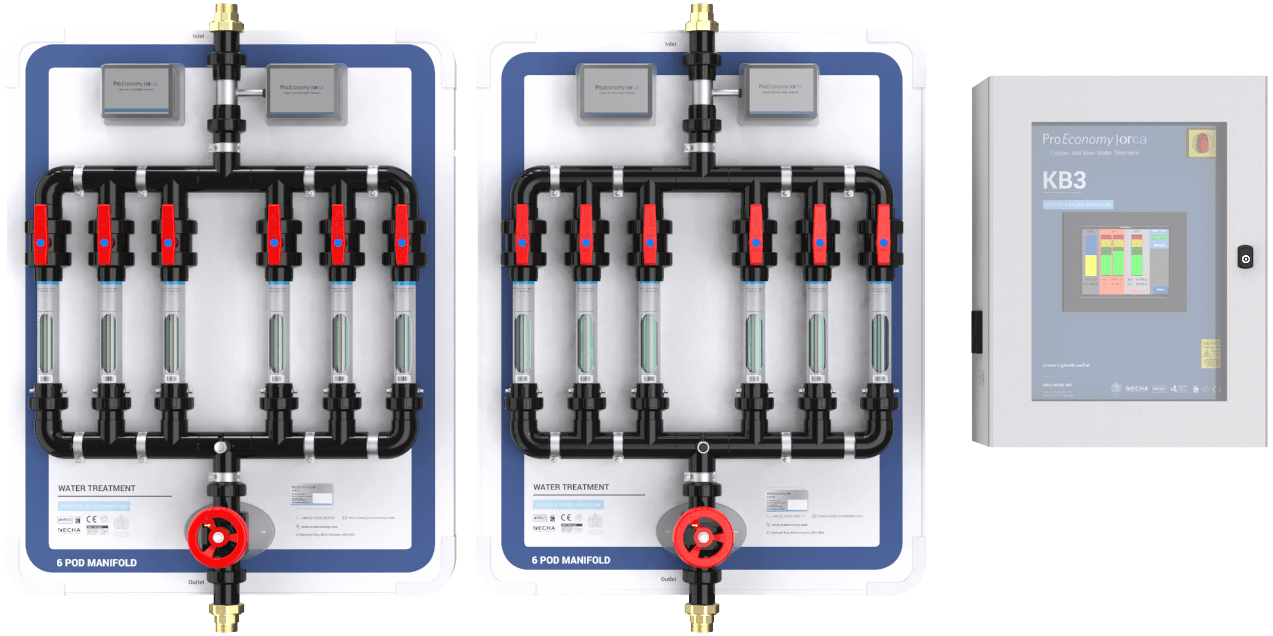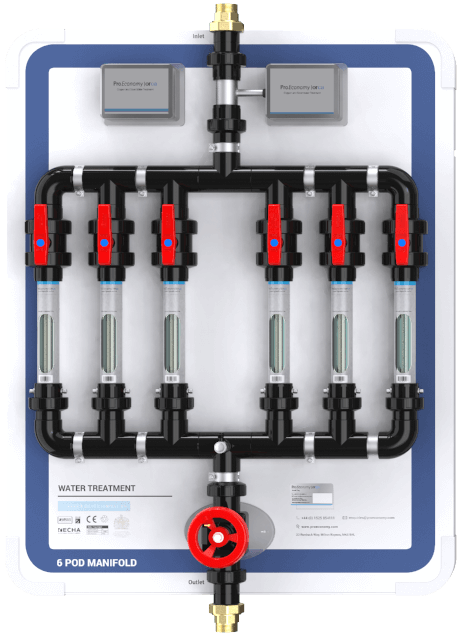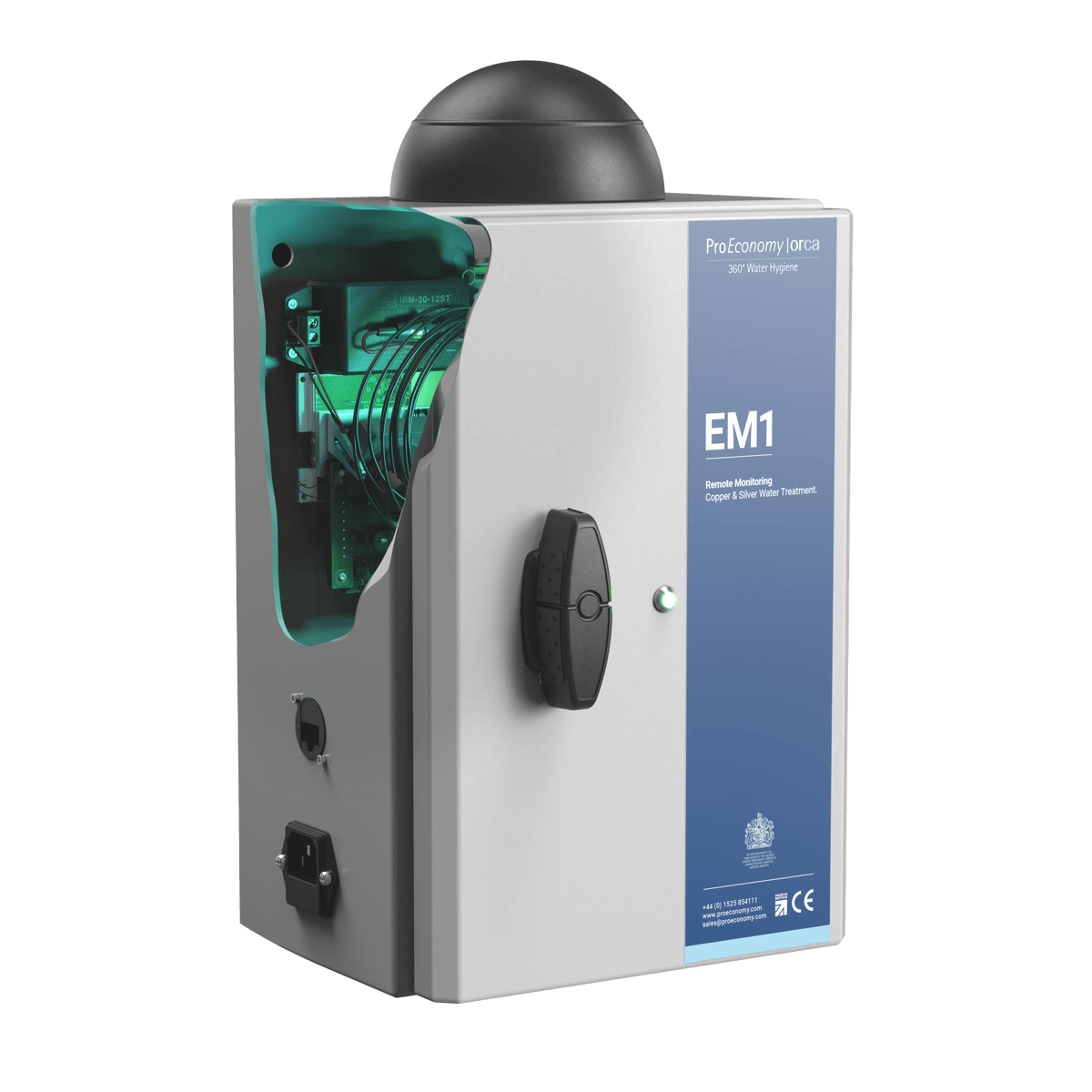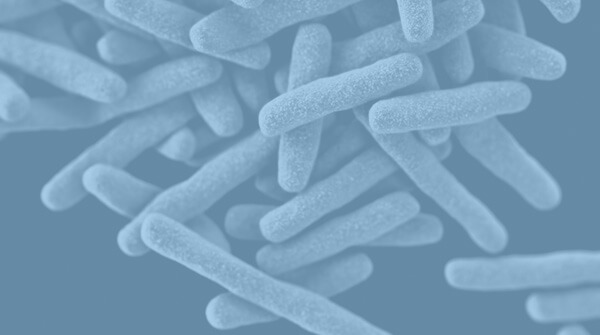What Is New In The HTM04-01?
The main changes from the previous 2006 edition:
- It now includes guidance on the risk posed by other waterborne pathogens, not just by Legionella.
- Recognises that the temperature control regime is the traditional approach and no longer the preferred strategy.
- Advises to consider other controls to minimise the risk of infection by all waterborne pathogens.
- It now advises strict adherence to the recommendations in HSE’s HSG274 Part 2.
- Includes guidance on the remit and aims of a Water Safety Group (WSG) and Water Safety Plan (WSP).
- It now recognises the issues associated with thermostatic mixing valves. Furthermore, it includes a supplement outlining specifications for these to deliver non-scalding as well as microbial safe water.
What Does The HTM04-01 Mean?
It is now necessary to ensure safety of all water used by patients, residents, staff and visitors, and to therefore minimise the risk of infection associated with all waterborne pathogens.
This therefore applies to other waterborne pathogens, not just to Legionella. Pseudomonas aeruginosa, Stenotrophomonas maltiphilia, Mycobacteria are now also covered.
The temperature control regime may no longer be sufficient to minimise the risk by these waterborne pathogens. Therefore, other control measures should be taken into consideration.
It now also advises strict adherence to the recommendations in HSE’s HSG274 Part 2. This includes detailed advice on the available control programmes.
A Water Safety Group (WSG) is now a requirement. This group has to be multidisciplinary and should not only include representation from estates but also from infection control, medical microbiology, nursing, augmented care, housekeeping/support services, medical technical officers, specialist users of water (such as Renal units and departments offering aquatic therapy), and sterile services departments (SSDs). This group should together implement, develop and manage a Water Safety Plan (WSP) to ensure safety of all water.
The performance of thermostatic mixing valves (TMVs) should now be carefully monitored to ensure that not only the risk of scalding but also microbial contamination is avoided.
How does the HTM04-01 affect a healthcare organisation?
The infection pathways of waterborne pathogens, such as P. aeruginosa, S. maltiphilia and Mycobacteria are more varied than those of Legionella and are not just limited to the inhalation or aspiration of water droplets (aerosols).
Minimising the risk of infection is therefore not only restricted to preventing growth in water systems but also includes avoiding growth outside water systems. The HTM04-01 therefore stresses the need for clean, hygienic environments and practices.
Preventing growth and gaining control in water systems of all waterborne pathogens is, however, difficult because they all thrive and are protected in biofilms. The HTM04-01 recognises that biofilms are especially problematic in water systems that are complex, such as those of healthcare premises where the risk of infection is the highest.
Control programmes should therefore not only be capable of removing biofilms but these should also be effective against the free floating pathogens that are released from these biofilms.
Temperature Control In The HTM04-01
It is known that temperature and oxidising chemicals do not penetrate established biofilms well, that pathogens survive in water temperatures lower than 20°C and higher than 55°C, and that it is difficult to maintain oxidising chemical biocidal levels at outlets, due to gassing off, without overdosing the water system.
When temperature is applied with the view to gain control, TMVs need to be fitted to blend hot with cold water to avoid scalding. Blended water however promotes microbial growth not only because the temperature is lowered to a temperature at which microbes grow rapidly, but also because biofilms can form on the surfaces of the internal components of the valves.
In the HSE HSG274 Part 2, the temperature control regime is therefore not recommended as the primary control regime. Furthermore, the HTM04-01 now recognises that temperature control is a traditional, no longer preferred, strategy.
In the HSE HSG274 Part 2, it is recommended that if another control programme is applied, which is proven to be effective against Legionella, and there is no requirement to store hot water at 60°C (or distribute at 50°C) then hot water temperatures can be lowered. It is of course essential that lowering hot water temperatures is done safely ensuring that there is no risk of infection.
Copper and Silver Ionisation
Other control methods described in the HTM04-01, 2006 and the new HTM04-01 includes copper and silver ionisation.
Copper and silver ionisation is effective against Legionella. This is proven in in vitro studies and with model plumbing systems (Landeen et al., 1989; Lin et al., 1996; BSRIA TN6/96).
In-vitro studies and studies with model plumbing systems also demonstrate that biofilm formation was controlled with copper and silver ionisation (BSRIA TN6/96; Walker et al., 1997; Shih and Lin, 2010).
Copper and silver ionisation is the only control method for which many field studies of efficacy have been published. In hospitals worldwide its efficacy against Legionella has been thoroughly studied (Thompson et al., 1990; Colville et al., 1993; Liu et al., 1994; Mietzner et al., 1997; Liu et al., 1998; Biurunn et al., 1999; Kutsenov et al., 2001; Stout and Yu, 2003; Perez Cachafeiro et al., 2007; Chen et al., 2008; Lin et al., 2011; Bedford, 2012 (PhD thesis)).
CSI and Other Pathogens
Studies have also demonstrated that copper and silver ionisation is effective against other waterborne pathogens, including P. aeruginosa, S. maltophilia, Mycobacteria and Acinetobacter baumannii (Landeen et al., 1989; Kutsenov et al., 2001; Huang et al., 2007; Shih and Lin, 2010).
It has also been demonstrated that copper and silver ionisation is effective against Legionella, P. aeruginosa, S. maltiphilia, and Mycobacteria independent of water temperatures (Liu et al., 1994; Mietzner et al., 1997; Liu et al., 1998; Stout et al., 1998; Rohr et al.; 1999; Biurrun et al., 1999; Kusnetsov et al., 2001; Stout and Yu, 2003; Chen et al., 2008; Lin et al., 2011; Bedford (PhD thesis) 2012). The hot water temperature was deliberately and safely reduced with copper and silver ionisation by a known NHS Trust. This proves that water temperatures can be lower when copper and silver ionisation is applied properly, ensuring that the risk of infection is not adversely affected.
Copper and silver ionisation in the HSE HSG274 Part 2
“Ionisation is the term given to the electrolytic generation of copper and silver ions providing a continuous release of ions in water. These are generated by passing a low electrical current between two copper and silver electrodes; copper and silver alloy electrodes may also be used. When used correctly, copper and silver ionisation is shown to be effective at controlling Legionella and can penetrate and control established biofilms.”
It recommends values of “more than 0.2 mg/L copper and more than 0.02 mg/L silver at outlets to ensure effective control of Legionella.”
The HSE HSG274 Part 2 and the new HTM04-01 also emphasize the maximum allowed value of 2 mg/L for copper in drinking water in the Water Supply (Water Quality) Regulations, 2001, but that no maximum value for silver is in these regulations. Both documents therefore refer to the maximum allowed value of 0.1 mg/L set by the WHO for silver in drinking water.*
The HSE HSG274 Part 2 highlights that “maintaining adequate silver ion concentrations in hard water systems can be difficult due to the build-up of scale on the silver electrodes potentially obstructing copper and silver ions release and that the ionisation process is pH sensitive and dosing levels may need increasing for pH levels greater than 7.6.”**
* The WHO explains that the maximum value for silver, of 0.1 mg/L, derives from:
“Present epidemiological and pharmacokinetic knowledge that a total lifetime oral intake of about 10 g of silver can be considered as the human No-Observed-Adverse-Effect-Level (NOAEL), and since the contribution of drinking water to this NOAEL will normally be negligible, the establishment of a health-based guideline value is not deemed necessary. On the other hand, special situations may exist where silver salts* are used to maintain the bacteriological quality of drinking water. Higher levels of silver, up to 0.1 mg/litre (a concentration that gives a total dose over 70 years of half the human NOAEL of 10 g), could then be tolerated without risk to health.”
(http://www.who.int/water_sanitation_health/dwq/chemicals/silver.pdf)
* Silver salts are silver ions combined with halogens (bromide, chloride, iodide, fluoride) or with nitrate, or with hydrogen peroxide.
** Formation of scale on the electrodes is prevented with the Orca copper and silver ionisation system (ProEconomy Ltd.). By using pure copper and pure silver electrodes, instead of copper/silver alloys, they can provide the controlled release of the copper and silver ions by being able to separately increase or reduce the electrical current output. The polarity of the electrodes is also automatically switched from anode to cathode and vise-versa. This results in cations, such as calcium and magnesium ions (scale), that may adhere to the surface of the cathode, falling off its surface when the polarity switches to anode.
Link to all four Health Technical Memorandum 04-01 documents https://www.gov.uk/government/publications/hot-and-cold-water-supply-storage-and-distribution-systems-for-healthcare-premises
References
Bedford, B. (2012). Legionella control in water systems using copper and silver ion generation systems. PhD thesis. Cranfield University, UK. Available from: https://dspace.lib.cranfield.ac.uk/bitstream/1826/7983/1/Birgitta_Bedford_Thesis_2012.pdf
Biurrun, A.; Caballero, L.; Pelaz, C.; Leon, E.; Gago, A. (1999). Treatment of a Legionella pneumophila colonized water distribution system using copper-silver ionization and continuous chlorination. Infect. Control. Hosp. Epidemiol. 20:426-428.
Building Services Research and Information Services (1996). Application Guide AG 2/93. Water treatment for building services systems. Building Services Research and Information Services (BSRIA) Technical Notes TN6/96 1996. Ionisation water treatment for hot and cold water services.
Chen, Y.S.; Lin, Y.E.; Liu, Y.C.; Huang, W.K.; Shih, H.Y.; Wann, S.R.; Lee, S.S.; Tsai, H.C.; Li, C.H.; Chao, H.L.; Ke, C.M.; Lu, H.H.; Chang, C.L. (2008). Efficacy of point-of-entry copper-silver ionisation system in eradicating Legionella pneumophila in a tropical tertiary care hospital: implications for both hospitals contaminated with Legionella in both hot and cold water. Journal of Hospital Infection. 68:152-158.
Colville, A.; Crowley, J.; Dearden, D.; Slack, R.C.B.; Lee, J.V. (1993). Outbreak of Legionnaires’ disease at University Hospital, Nottingham: epidemiology, microbiology and control. Epidemiol Infect 110:105-16.
Huang, H.-I.; Shih, H.-Y.; Lee, C.-M.; Yang, T.C.; Lay, J.-J.; Lin, Y.E. (2008). In vitro efficacy of copper and silver ions in eradicating Pseudomonas aeruginosa, Stenotrophomonas maltophilia and Acinetobacter baumannii: Implications for on-site disinfection for hospital infection control. Water Research 42(1-2): 73–80.
Kusnetsov, J.; Iivanainen, E.; Elomaa, E.; Zacheus, O.; Martikainen, P.J. (2001). Copper and silver ions more effective against Legionellae then against Mycobacteria in a hospital warm water system. Wat. Res. 35(17):4217-4225.
Landeen, L.K.; Yahya, M.T.; Gerba, C.P. (1989). Efficacy of copper and silver ions and reduced levels of free chlorine in inactivation of Legionella pneumophila. Appl. Environ. Microbiol. 55:3045-3050.
Lin, Y.S.E.; Vidic, R.D.; Stout, J.E.; Yu, V.L .(1996). Individual and combined effects of copper and silver ions on inactivation of Legionella pneumophila. Water Res 30:1905-1913.
Nguyen, M.H.; Stout, J.E.; Yu, V.L. (1991). Legionellosis. Infect Dis Clin N Am 5(3):561-584.
Lin, Y.; Stout, J.E.; Yu, V.L. (2011). Controlling Legionella in hospital drinking water: an evidence-based review of disinfection methods. Infect Cont Hosp Ep 32:166-173.
Liu, Z.; Stout, J.E.; Tedesco, L.; Boldin, M; Hwang, C.; Diven, W.F.; Yu, V.L. (1994). Controlled evaluation of copper-silver ionisation in eradicating Legionella from a hospital water distribution system. J. Infectious Disease. 169:919-922.
Liu, Z.; Stout, J.E.; Boldin, M.; Rugh, J.; Diven, W.F.; Yu, V.L. (1998). Intermittent use of copper-silver ionisation for Legionella control in water distribution systems: A potential option in buildings housing individuals at low risk of infection. Clinical Infectious Diseases. 26:138-140.
Mietzner, S.; Schwille, R.C.; Farley, A.; Wald, E.R.; Ge, J.H.; States, S.J.; Libert, T.; Wadowsky, R.M. (1997). Efficacy of thermal treatment and copper-silver ionization for controlling Legionella pneumophila in high-volume hot water plumbing systems in hospitals. The Association for Professionals in Infection Control and Epidemiology, Inc. 17(46):813-866.
Perez Cachafeiro, S.; Mato Naveira, I.; González Garca, I. (2007). Is copper-silver ionisation safe and effective in controlling legionella? J Hosp Infect 67:209-216.
Rohr, U.; Senger, M.; Selenka, F.; Turley, R.; Wilhelm, M. (1999). Four years of
experience with silver-copper ionization for control of Legionella in a German
university hospital hot water plumbing system. Clinical Infectious Diseases. 29:1507-1511.
Shih, H.-Y.; Lin, Y.E. (2010). Efficacy of copper-silver ionisation in controlling biofilm- and plankton-associated waterborne pathogens. Appl Environ Microb 76(6):2032-2035.
Stout, J.E.; Lin, Y.E.; Goetz, A.M.; Muder, R.R.. (1998). Controlling Legionella in hospital water systems: Experience with the superheat-and-flush method and copper- silver ionization. Infection control and Hospital Epidemiology. 19(12):911-914.
Stout, J. E.; Yu, V.L. (2003). Experiences of the first 16 hospitals using copper- silver ionisation for Legionella control: Implications for the valuation of other disinfection modalities. Infection Control and Hospital Epidemiology. 24(8):563-568.
Thompson, R.B.; File, T.M.; Plouffe, J. (1990). Use of copper and silver ionization to eradicate Legionella pneumophila from a hospital hot water system. Proceedings of annual meeting of the American society for microbiology (Anaheim, CA). Washington, DC: American Society for Microbiology.
Walker, J.T.; West, A.A.; Morales, M.; Ives, S.; Pavey, N. (1997). Controlling Legionella and biofouling using silver and copper ions: Factor fiction? Bioline:279-286.

